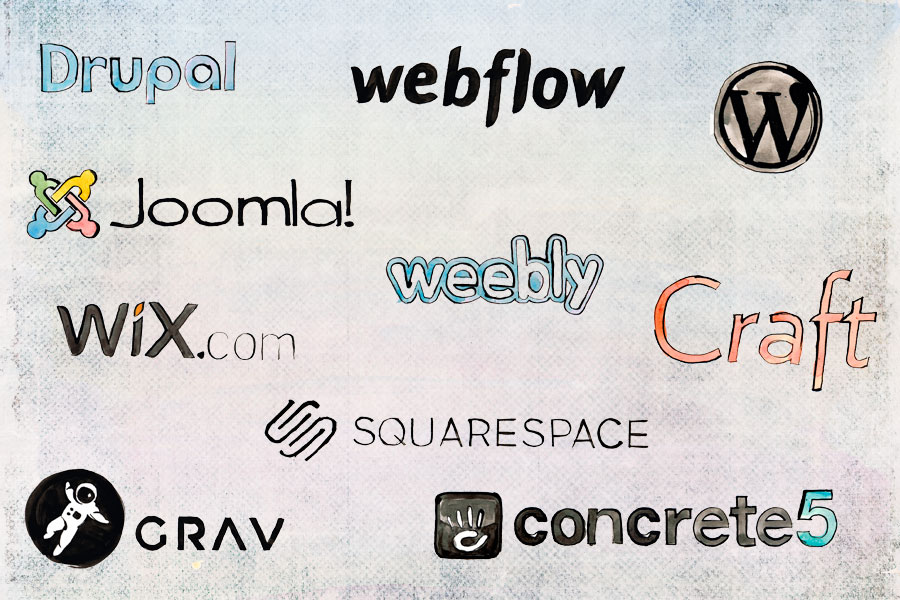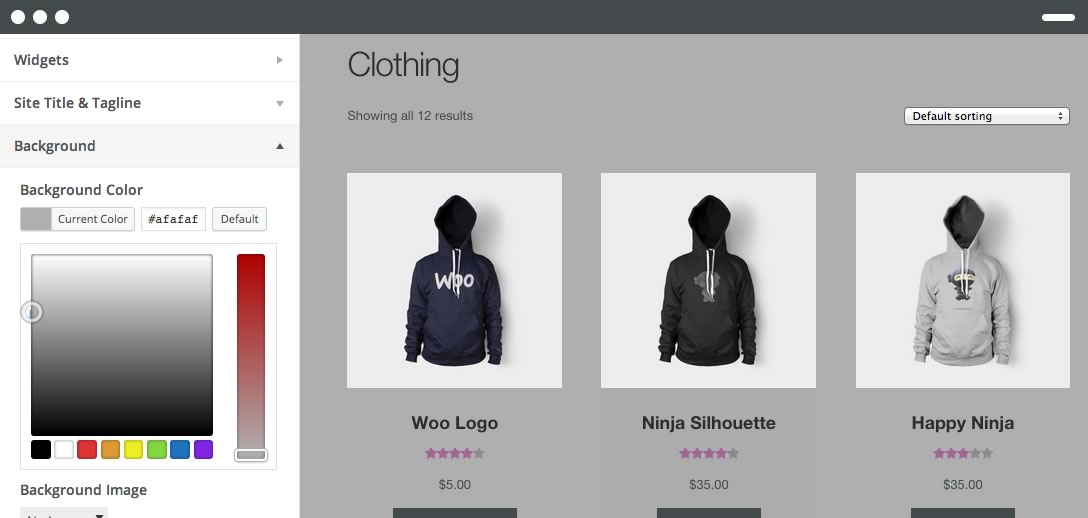How to Pick the Right CMS for Your Online Store
January 23, 2018 - How To

Many businesses want a combination of content and product management. After all, content management systems (CMS) provide a great way to keep everything organized while enabling business owners to realize the benefits of content marketing. The problem is that many CMS provide ecommerce as an afterthought and many ecommerce platforms provide CMS as an afterthought. It can be hard to figure out the best way to integrate the two functionalities.
What’s Involved?
Most business owners prefer to use a content management system, or CMS, to manage their web presence. If a website involves more than a page or two of content, a CMS is invaluable in helping keep everything organized and easy to update. WordPress is the most popular CMS in the world, powering nearly 30 percent of all websites, but there are thousands of different proprietary and open source CMS available for businesses to use.
There are a few common features shared across all CMS:
Publishing Tools – Most CMS provide a visual editor (WYSIWYG), workflow tools, and multimedia integrations to make publishing web pages a lot easier than writing HTML files and uploading them via FTP or SSH to a server.
Administration Features – Most CMS provide administrative features like role management, plug-ins, and email notifications to alert you when content is outdated, ready for review, or published live on a website.
SEO & Social Media – Many CMS provide search engine optimization and social media tools to help promote content that is published. These features may be available through third-party plug-ins or built into an existing platform.
Analytics – Many CMS provide in-depth analytics, such as page views, time on page, and conversion rates, to help business owners better understand what content is performing and optimize their conversion funnels.
For ecommerce businesses, the most obvious omission in the list above is ecommerce functionality where products are managed on the backend and customers can purchase products on the frontend. It’s definitely possible to merge ecommerce and CMS functionality, but there are two basic approaches that you must consider. The right decision depends largely on your business and goals when it comes to managing your store.
Building a CMS into Ecommerce
The first option is taking an ecommerce platform and adding a CMS. The most popular example of this is Shopify, which is an ecommerce platform with built-in blogging tools that enable store owners to categorize articles, create lookbooks, encourage discussion, and moderate comments. Many popular open source ecommerce platforms, like Magento, also have blogging add-ons that can be used to add CMS-like functionality to a store.

Figure 1 – Shopify’s Blogging Tools – Source: Shopify
The benefit of this approach is that business owners can keep everything under one roof and there’s no need to deal with multiple backend platforms. Of course, the drawback is that these platforms often lack many of the advanced features and plug-ins that other standalone CMS programs offer, such as flexible content types or lead generation tools. The approach works best as a starting point for business owners that already have an ecommerce platform running.
Building Ecommerce into a CMS
The second option is taking a CMS and adding ecommerce functionality. A popular example of this is WordPress and WooCommerce. But, there are many other options that business owners may want to consider, including Foxy, which enables you to easily add ecommerce functionality to nearly any type of content.

Figure 2 – WooCommerce Customization – WooCommerce
The benefit of this approach is that business owners can work within a CMS that they may already be familiar with and quickly add ecommerce functionality. Of course, the drawback is that many ecommerce plug-ins for CMS doesn’t offer as many features as dedicated ecommerce platforms. This approach works best for business owners that already use a popular CMS and have simple ambitions when it comes to ecommerce functionality.
At Foxy, we have tried to bridge this approach by introducing fully-featured ecommerce functionality that can be easily integrated into any CMS. For example, you can integrate the power of Foxy into your WordPress website with our free plugin, FoxyShop. Webflow users can create an online store in minutes with our free ecommerce template and tutorials. Also, Craft CMS users can take advantage of our free plugin.
Our platform can handle the selling any type of product and covers ancillary services like transactional emails, custom checkout fields, customizable receipts, and support for over 90 different payment gateways and alternative payment methods.
What’s the Best Approach?
Choosing the right CMS depends on a business owner’s existing situation and plans for the future.
Choosing the right CMS depends on a business owner’s existing situation and plans for the future. Click To Tweet
If you already have an ecommerce store and just want to add blogging functionality, the best approach is often using built-in blogging tools. The only exception might be if you’re looking to deploy a large-scale content marketing strategy where you have more in-depth requirements. In that case, it might make sense to look at integrating a separate CMS on a subdomain or separate URL to take advantage of more features.
If you already have a CMS and want to add ecommerce, popular plug-ins might be a good option for basic stores, especially since you won’t require much additional training to use the plug-in. Merchants looking for more advanced ecommerce functionality might want to consider tools like Foxy that fill in the void to provide a fuller feature set while still providing a seamless way to manage products and keep everything running smoothly.
It’s also important to consider where the store is headed in the future. For example, if you’re using WordPress and go with WooCommerce, it will be much more difficult to transition away from WordPress in the future. Foxy would make the process easier since it’s agnostic to the CMS and can easily transition between different setups. The same is true when looking at using a built-in CMS, since it might not transfer content easily to another CMS in the future.
The Bottom Line
Content management systems and ecommerce often go hand-in-hand, but there are no platforms that really handle both in a good way. This means that business owners must often decide how they want to integrate the two – whether adding a CMS to an ecommerce platform or adding an ecommerce platform to a CMS. The right decision depends largely on the individual business, their current setup, and their future goals.
If you’re interested in trying out Foxy, signup for a free unlimited trial with no credit card required to see how easy it is to add ecommerce functionality to your CMS.